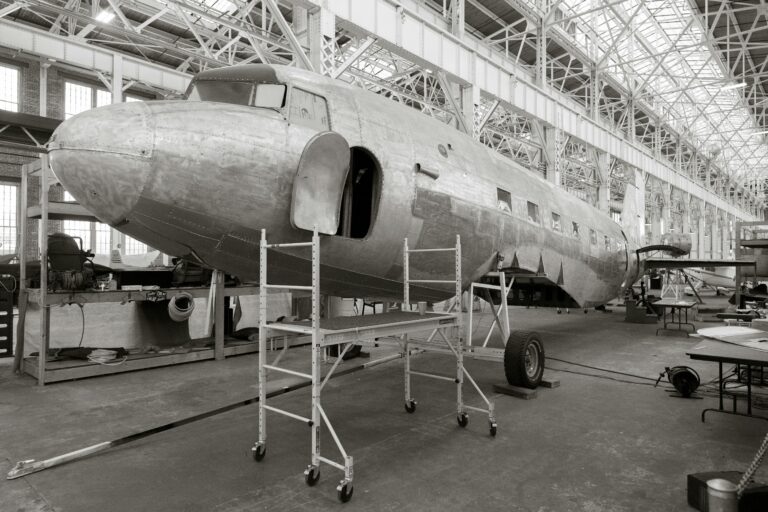The aviation maintenance industry is continuously being shaped by advancements in technology and changing market demands. The last few months of 2025 have arrived, and with them come the key trends that will impact the evolution of maintenance management toward the future. By comprehending these trends, stakeholders may adjust and flourish in a rapidly evolving landscape.
Digital Transformation
One of the most prominent aspects of aircraft maintenance management is digital transformation. Introducing new technologies such as AI, big data analytics, and the IoT facilitates more efficient and predictive maintenance processes. These tools allow real-time monitoring of the parts of the plane so that there are no unplanned downtimes by allowing the proactive implementation of maintenance. Predictive analytics can help technicians estimate the probable failure period, and perhaps even before any part fails, boosting safety and operability.
Sustainability Projects
Environmental issues are forcing many businesses to change their practices. There is a transition from conventional aviation maintenance management to a more eco-friendly operation. The priorities now include energy-efficient technologies, waste prevention, and sustainable materials. Such green thinking signifies a focus on sustainability as well as compliance with regulations and consumer demand. Making it sustainable may help save costs and improve the brand image over the years.
Workforce Evolution
A massive shift is coming in terms of workforce dynamics for the aviation industry. This poses a problem with aging personnel and a lack of skilled technicians. As a reaction, the business sector is engaging in upskilling the existing workforce while still luring new talent. We need training courses focused on digital skills and new technologies. Additionally, promoting a diverse and inclusive workplace culture can improve creativity and the ability to resolve issues. There is also a growing awareness of the need to invest in human capital for an advanced workforce to tackle future work.
Regulatory Changes
Regulations are developing at the right pace of technology and safety standards. New legislation may affect everything from maintenance to report requirements. Being acquainted with these changes is important for compliance and related operations. Industry leaders should constantly converse with the agencies they help shape, especially in fast-moving spaces like this one. This prepares organizations to stay secure and competitive in an ever-changing landscape.
Enhanced Safety Measures
Safety is always a key issue in aviation maintenance management. The introduction of advanced diagnostic tools, automated systems, and better safety protocols enables comprehensive inspections and accurate fault detection. This raises safety standards by minimizing human error and further improving maintenance accuracy. Compulsory training sessions and certification programs help keep the staff well-versed in updated safety practices. The safety of passengers is a top priority in this regard, so a strong safety culture is needed to ensure operational reliability.
Integration of Robotics
Usage of automated machines and drones for inspection and repair work is on the rise. These tools are capable of accessing hard-to-reach areas and can perform highly precise tasks. While complicated processes are handled by skilled technicians who can devote their time to complex problem-solving activities, robotics takes on labor-intensive activities. With robotics technology improving steadily, its use in maintenance management will grow, leading to an increase in precision and efficiency.
Strategies for Managing Costs
Aspects of aviation maintenance are still centered around cost management. Due to rising operational costs, some innovation is needed to maintain a profit margin. Implementing cost-effective maintenance solutions, such as predictive maintenance and efficient inventory management, is crucial. Collaborations and partnerships are other areas being explored by organizations that can help share resources and expertise. Wasteful spending can be corrected by efficient resource allocation, resulting in huge savings and profits.
Conclusion
We are nearing a time of unprecedented change in the aviation maintenance field. Success will depend on embracing digital technologies, increasing sustainability, and adapting to workforce changes. The future will be shaped by emerging regulatory shifts, a continuing prioritization of safety, and the integration of robotics. Familiarization with and planning for these trends allow stakeholders to find growth and innovation opportunities in a rapidly evolving industry. The way ahead presents possibilities for those willing to evolve and faster with vision and resolve.


